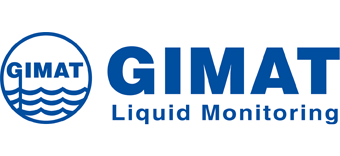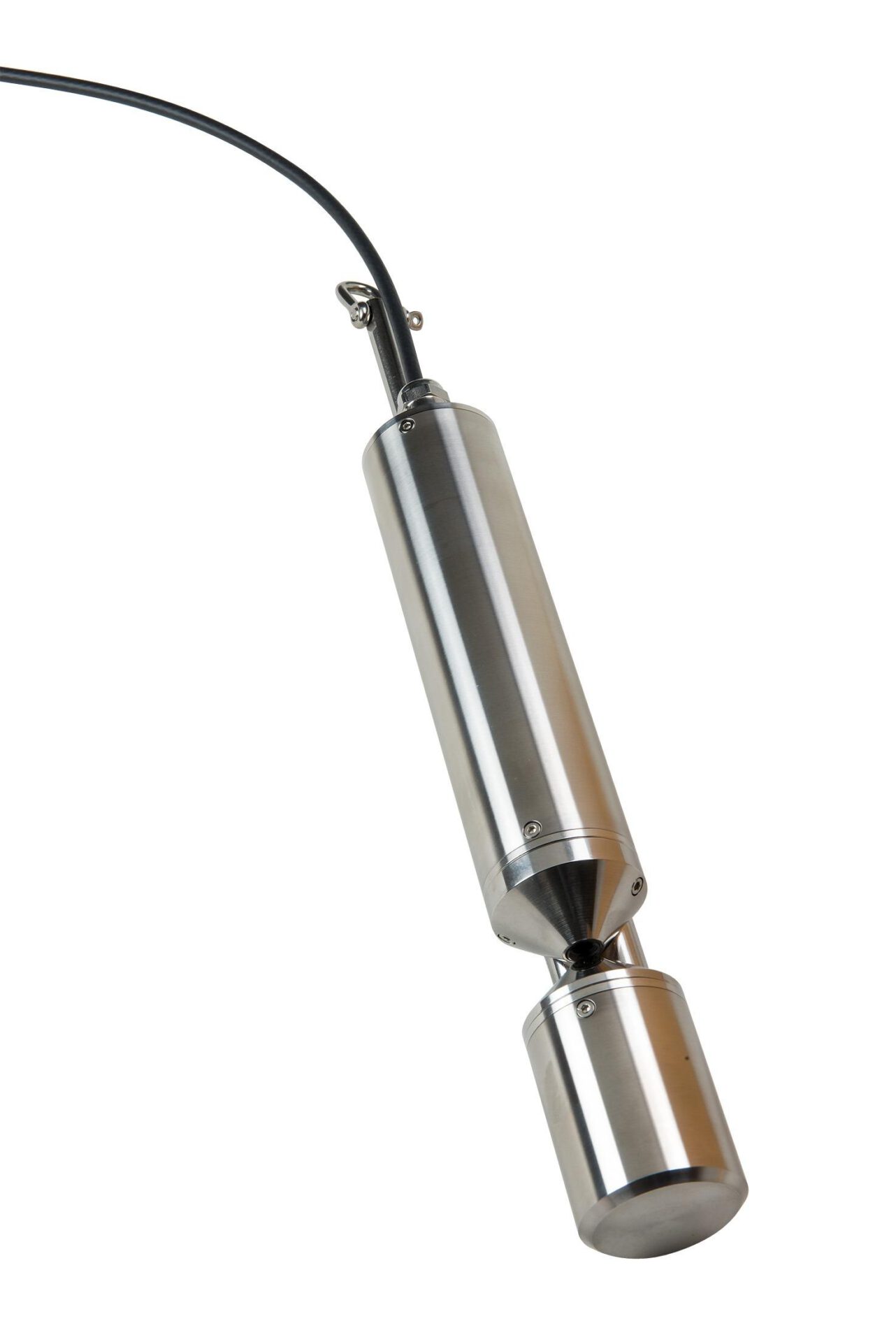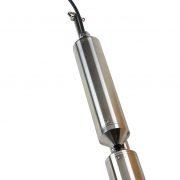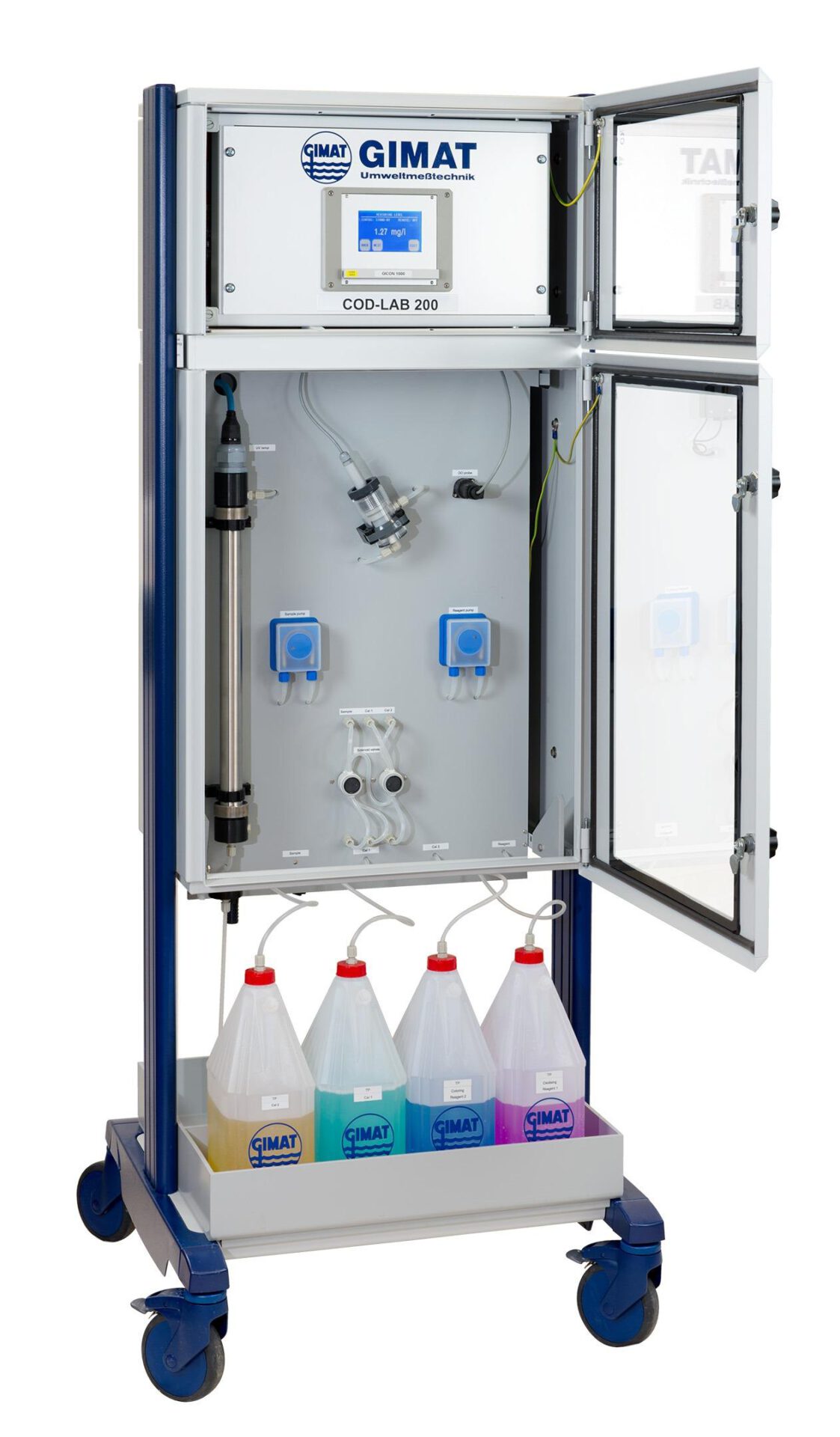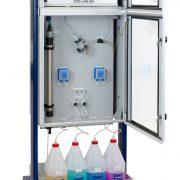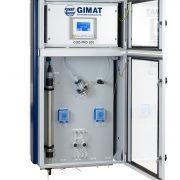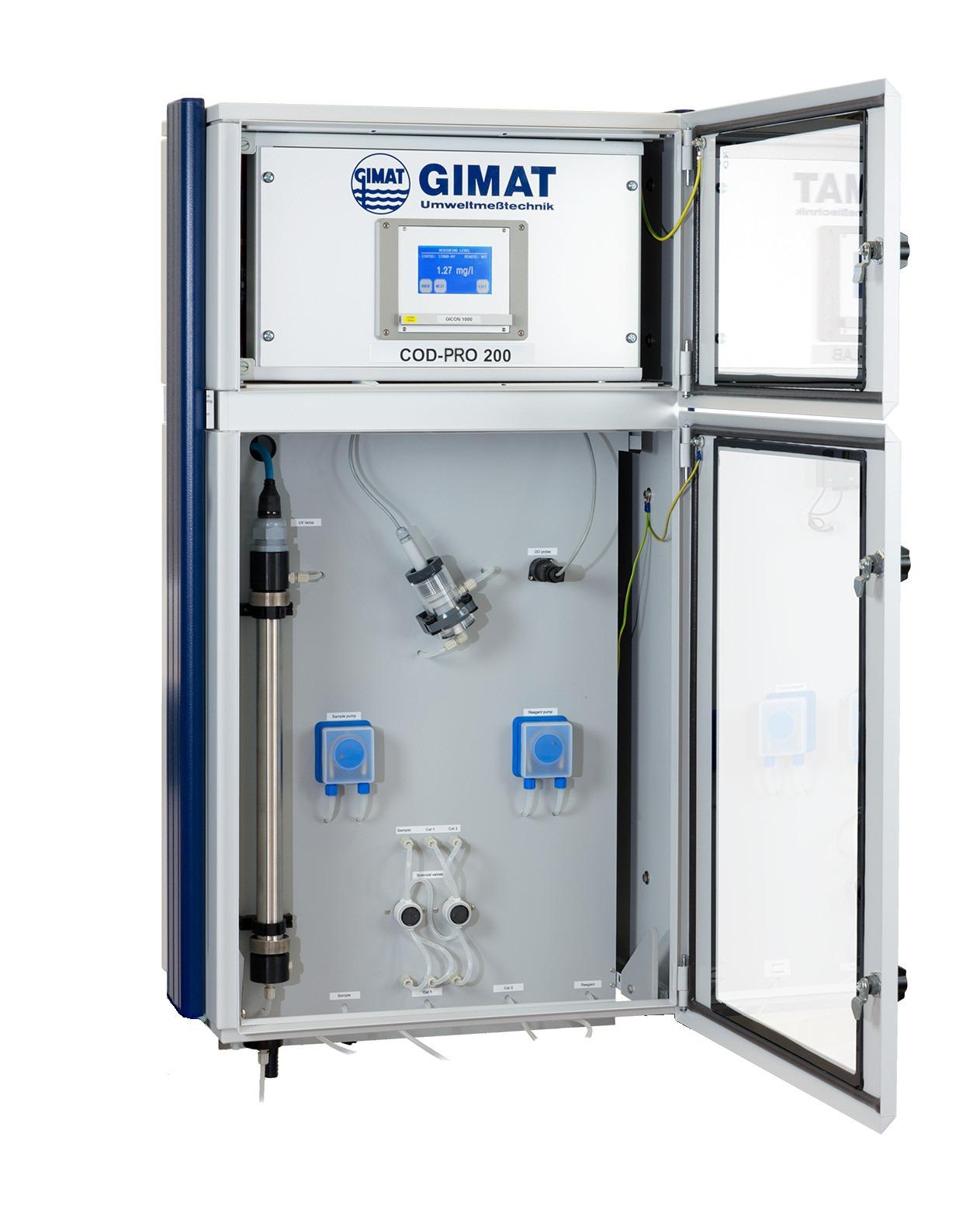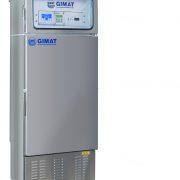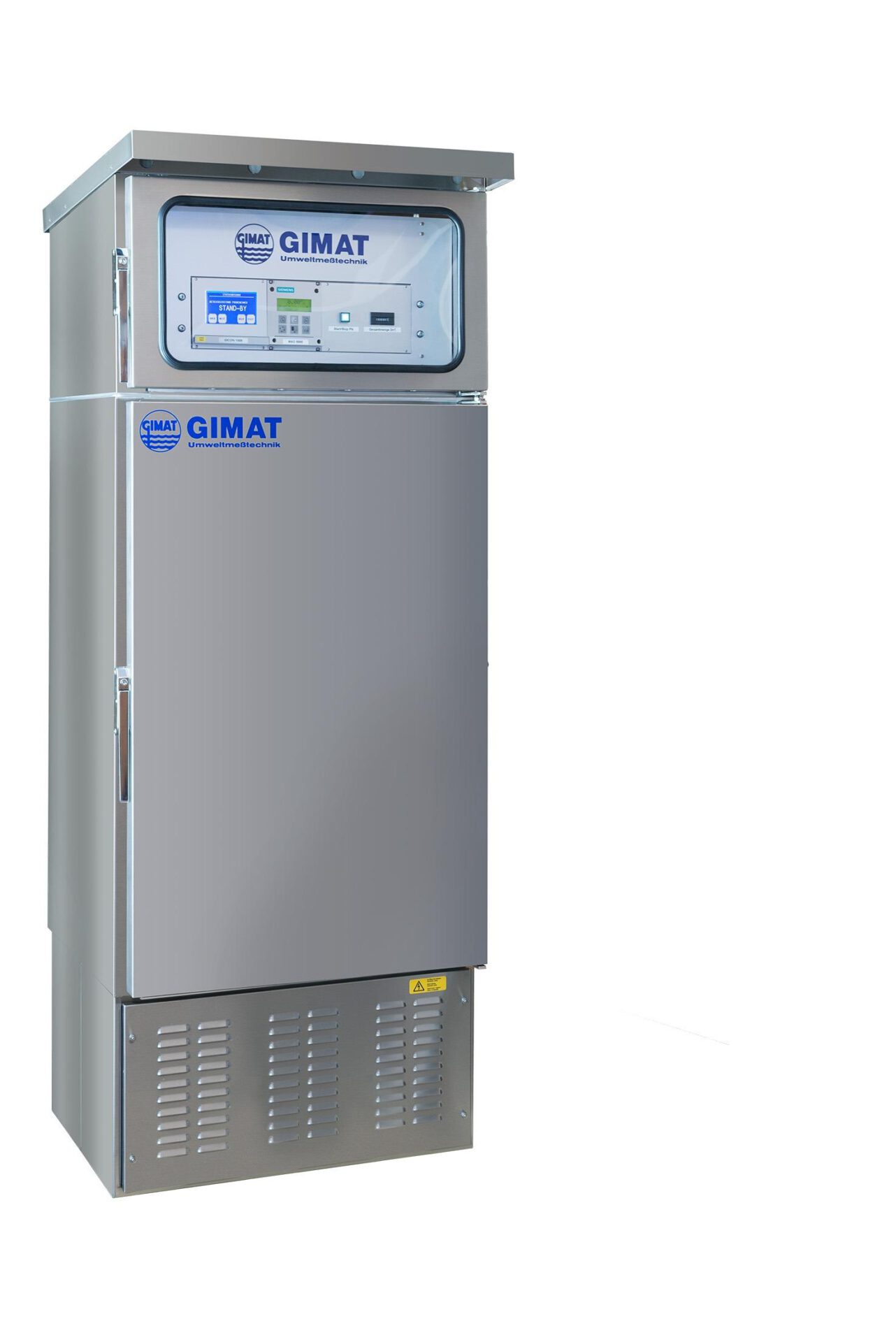Chemical Oxygen Demand Measurement (COD)
SAC 8000 SAC Probe
SAC immersion probe IP 68 with turbidity correction. Measured values can be correlated with COD, BOD or TOC.
Advantages
Method
Water and wastewater can contain a multitude of organic compounds. Many of them absorb UV light. The SAC makes use of this property. The SAC 8000 sends UV light through the sample and detects, how much of it gets absorbed. The higher the amount of UV active compunds in the sample, the weaker the light which reaches the detector. The ranges of substances which are detected by SAC, COD, BOD and TOC overlap to a major extent. Therefore the other sum parameters can be obtained from the SAC, once the conversion factors have been determined. The measuring windows carry an anti-fouling coating.
Applications
- Drinking water
- Surface water
- Process water
- Wastewater treatment plants
Download datasheet
COD 200/2000 COD Analyser
COD-LAB / COD-PRO / COD-FIX
The COD series features online analysers for the continuous monitoring of the chemical oxygen demand (COD). Available in three different housings: Standing with castors as COD-LAB, wall-mounted as COD-PRO or as COD-FIX in a heated stainless steel cabinet for outdoor installation at the site of measurement. The COD 200 is suitable for measuring ranges of approx. 0-2000 mg/l O2. The COD 2000 with its additional dilution pump covers high measuring ranges up to 20000 mg/l O2.
Advantages
Method
The chemical oxygen demand (COD) is measured with the aid of a very durable, long-term stable optical DO probe via the consumption of oxidant. Eco-friendly hydrogen peroxide (H2O2) is added depending on the COD level and converted into highly reactive OH radicals under UV light. A very good correlation between the measured values and the dichromate standard method is thus guaranteed. This method minimises the costs of maintenance work as well as the time needed, often only ½ hour per month. The COD family is thus unparalleled anywhere in the world when it comes to ease of maintenance.
Applications
- Process water (paper industry, refineries, food industry)
- Municipal wastewater treatment plants
- Condensate and Cooling water
- River water
Download datasheet
